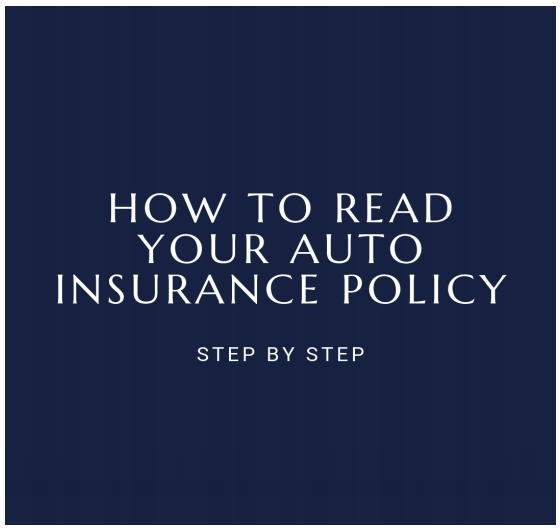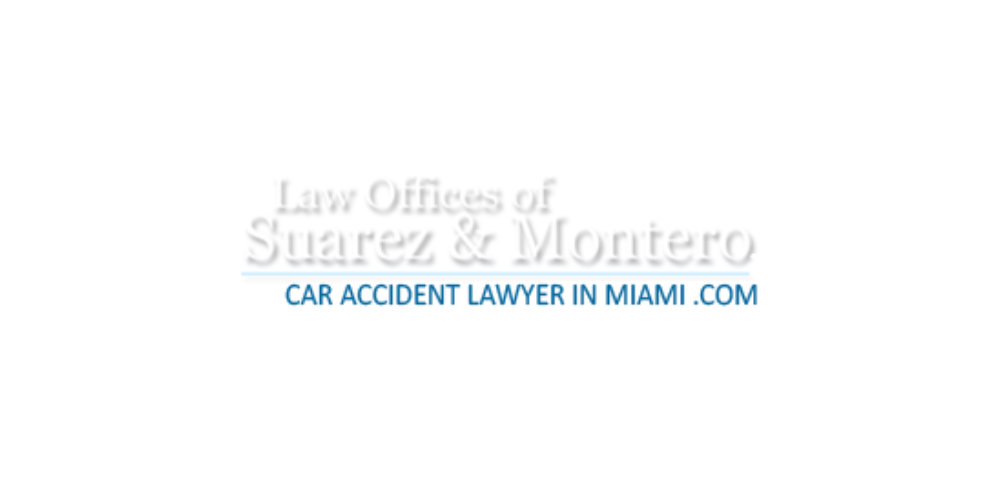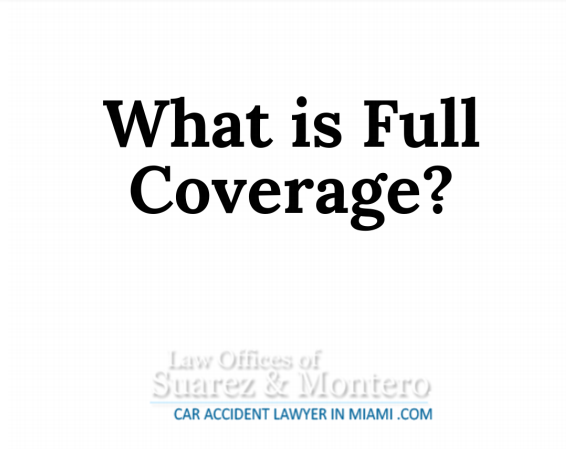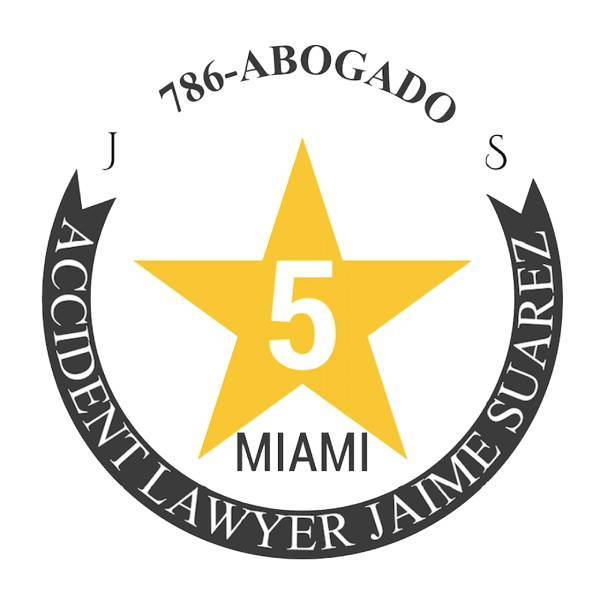
How to Read Your Auto Insurance Policy: Step by Step
Auto insurance policies are confusing and boring documents that can be an absolutely terrible to read. Your policy is a legal contract binding the insurance company to perform specific actions under certain circumstances for an agreed upon price. Insurers want the contract to be as specific as possible, which is why policies are so detailed and written in legalese. In order to analyze and understand the coverage that is available in your policy, you will have to dedicate some time and perform a series of steps. A flawed coverage analysis can result in litigation. Oftentimes a flaw in the coverage analysis is caused by not taking all steps in the analytic process. The preliminary steps that are discussed below, though mechanical in nature, should be performed with your policy irrespective of the lawyer’s familiarity with the policy forms at issue. What follows are some of those routine steps to take to analyze and understand your insurance policy.
Take an Inventory of Your Policy: A policy form inventory should be done before any coverage analysis is started. Most insurance policies will identify the policy forms that, taken together, form the complete policy. Policy forms are typically identified on the Declarations Page. Most insurance policies consist of four parts, each equally important in the adjustment of a claim under the policy. The first is the Declarations, which spells out who, what, when, where, and how much of coverage. Next is the Insuring Agreements where the scope of the coverage is explained, including a list of the perils covered by the policy and definitions. This is followed by the Exclusions, which limit the coverage, and the Conditions, which provide the operating rules and instructions for handling claims under the policy contract. Some policies will contain a separate policy form sheet listing the constituent policy documents. A policy inventory can be accomplished by making a working copy of the Declarations Page or the policy form sheet. When a particular policy form number is matched to a form within the policy packet, it should be checked off as being present. A policy inventory should be performed on all policies, including certified policies. It is not uncommon for the policy certification process to overlook or miss policy forms in the compilation. Never assume that a certified policy is complete. If anything is missing, you should request copies of the missing forms. This request should be made even if the policy form sheet lists the title of the missing form and the title appears to make the form irrelevant to the specific coverage questions presented. On rare occasions, insurance companies will mislabel the title of a policy endorsement so that the substantive text of the endorsement is broader than the label/title assigned to the endorsement. Where an inconsistency arises between the substance of the endorsement and its title, the text language of the endorsement will usually be given controlling effect if litigation becomes necessary in the future. I’ve heard horror stories from other attorneys about policy endorsements being mistitled, suggesting that it was not relevant to the inquiry, and when the substantive text of the endorsement was read, it actually was relevant to the coverage determination. Discipline requires that all policy forms be gathered and at least reviewed to confirm non relevance.
Read the Policy: You should at least read your policy once in full once you the policy has been inventoried. This sounds like an obvious statement. For most, it is. However, general familiarity with a policy form may result in flawed assumptions. Not all policy forms are created equal. Insurance companies may use the majority of a printed form but leave out some of the sub-parts that are otherwise routinely included with that policy form. For instance, before considering any applicable policy exclusions, it is imperative to read the insuring clause of the policy. If the claim is not allowed by the broad grant of coverage in the insuring agreement, reliance on policy exclusions becomes unnecessary. Another consideration that arises from an insurance policy is who bears the burden of proof. The insured has the burden of proving that a particular loss is due to an insured risk. In order to establish a prima facie case of coverage, the insured must prove that the insurance policy existed, the insured event happened, and notice as required by the policy was given. The insured must establish these elements typically by a preponderance of the Evidence. On the other hand, the insurance company has the burden of proving that a particular loss was excluded by the policy. An insurance company relying upon a policy exclusion has the burden of establishing not only that the words and expressions used in the exclusion are susceptible of the construction sought by the insurance company but also that the construction is the only construction that may be fairly placed upon it. There are various architectural ways in which a policy can be formatted.
Contact an Experienced Personal Injury Attorney Today!
If you or a loved one is involved in a car accident or another crash caused by the negligence of another driver, talk to a car accident attorney about your options going forward. There is no replacement for quality legal advice after being involved in a car accident. The car accident attorneys at Suarez and Montero would love to have an opportunity to explain the law in Florida to assist you in presenting a strong claim against the at fault party. Every firm is distinctive and auto accident victims have needs that are also distinct. needs are different. The Florida auto accident attorneys at Suarez & Montero encourage you to reach out so that we can explain more about the different ways that our law firm and attorneys can provide legal help and guidance after an auto accident. Make an appointment with us at one of our many locations. Remember, we work on a contingency basis so you will owe us nothing If we are unable to obtain successful results for your case. The attorneys at Suarez & Montero can meet with you to discuss further. always available to talk with you and answer your questions. Our skillful attorneys are genuinely committed to our clients. We will fight to make sure that you get the maximum amount of compensation owed to you. Let us help you get the medical care you need and fight to make sure you are compensated for your injuries! Our attorneys are ready to provide proven legal representation in pursuing your claim and stand ready to protect your rights. We are available 24/7 to give you a free, no risk case consultation.
We serve clients throughout Florida including those in the following areas:
Miami-Dade: Aventura, Coral Gables, Doral, Fontainebleau, Hialeah, Homestead, Kendall, Miami, Miami Beach, Miami Lakes, North Miami, Tamiami, and Westchester.
Broward: Fort Lauderdale, Hallandale Beach, Hollywood, Pembroke Pines, and Weston; and Palm Beach County including Boca Raton, Lake Worth, and West Palm Beach.
The Law Offices of Suarez & Montero Car Accident Attorneys represents accident victims injured in various types of accidents including:
• Distracted Driving Accident Lawyers
•Drunk Driving Accidents
• T-Bone Car Accidents
• Road Rage Car Accidents
• Head-on Collisions
• Rollover Accidents
• Rear-end Car Accidents
• Left Turn Accidents
• Failure to Yield Car Accidents
• Sideswipe Accidents
• Merging Accidents
• Lane Change Accidents
• Construction Zone Car Accidents
• Truck Accidents
• Semi-Truck Accidents
• Bicycle Accidents
• Train Accidents
• Pedestrian Accidents
• Boating Accidents





